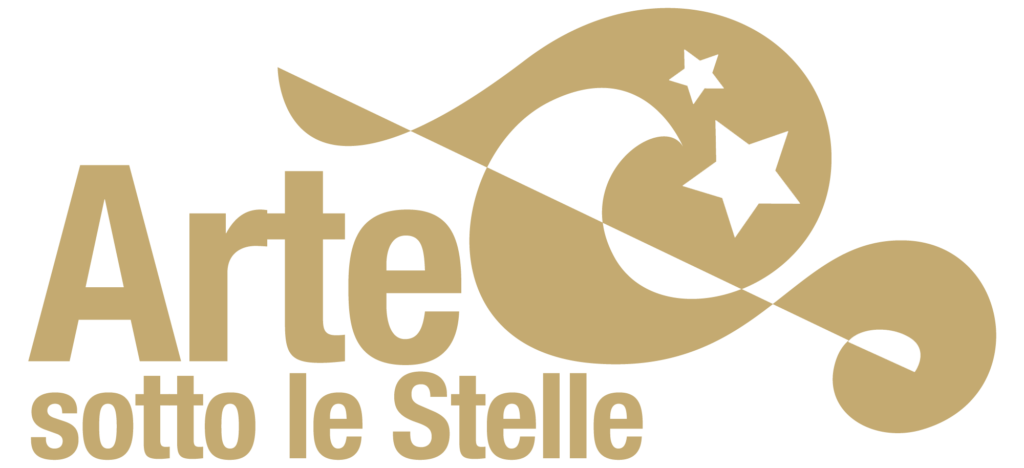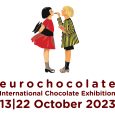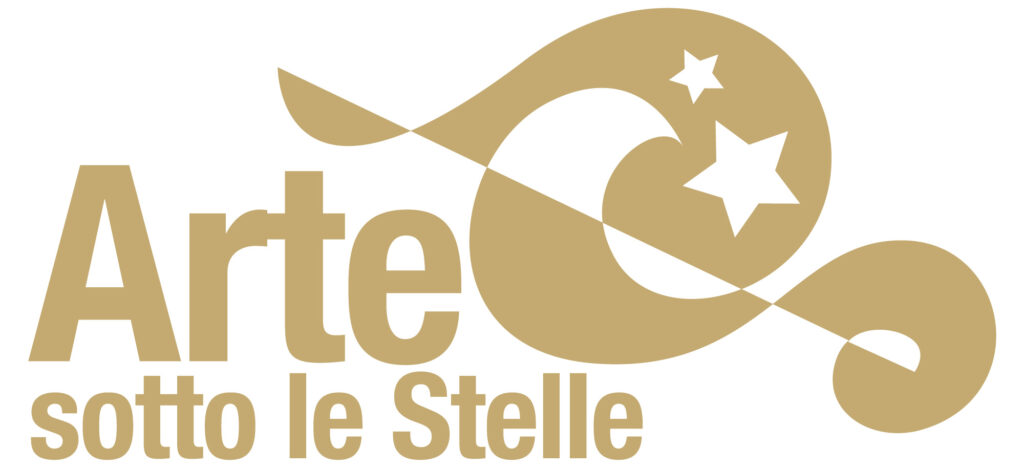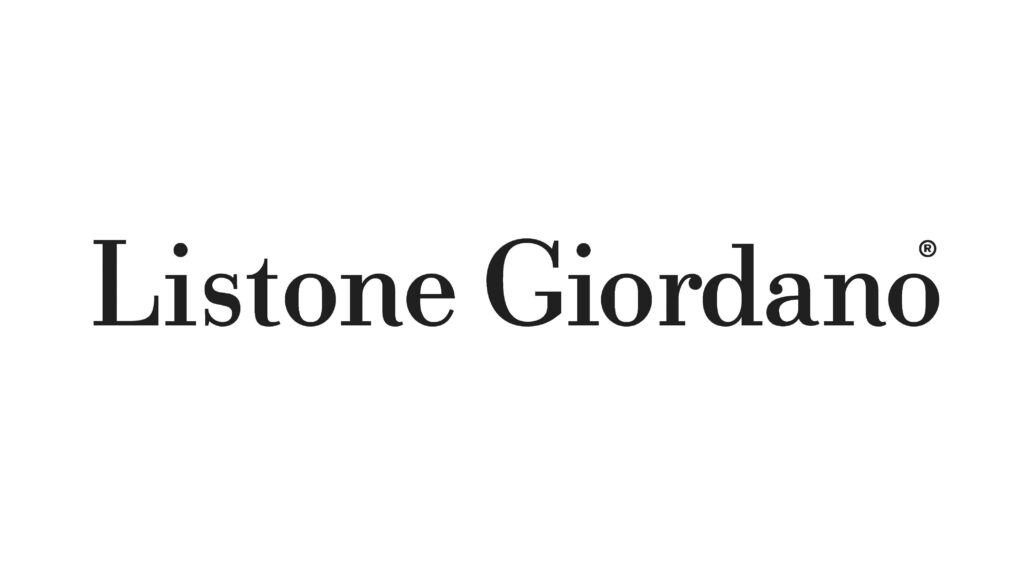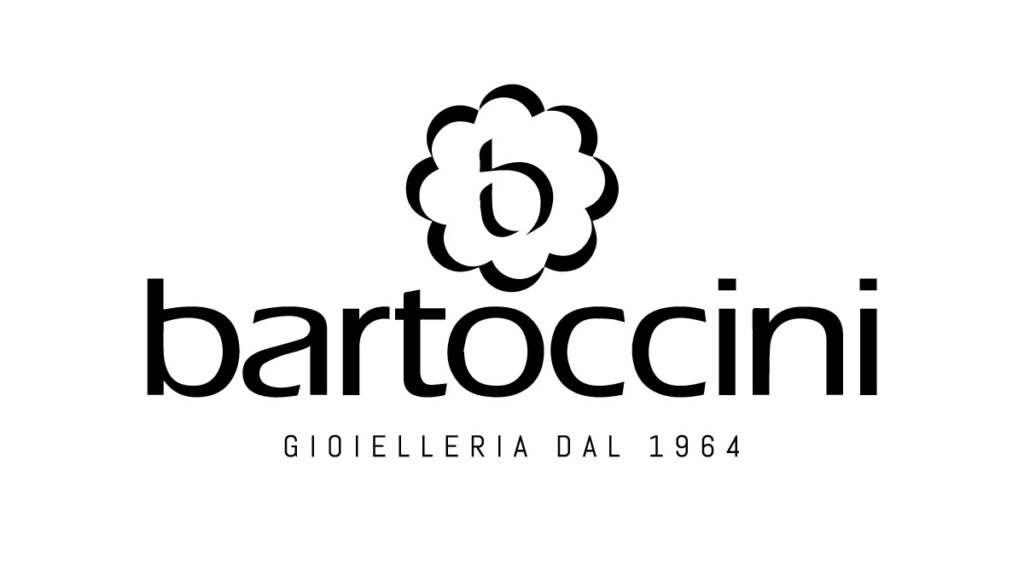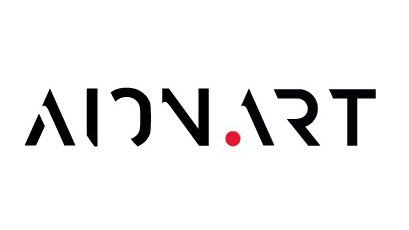Eternal Father Blessing – Certosa – Pavia
The polyptych had to be placed above the altar of the chapel of Saint Michael in the Certosa of Pavia but, after its dismemberment, only the Eternal in Glory is still on site; in the lower register, some copies painted around the middle of the seventeenth century reproduces how the polyptich should have looked like, while the original panels are kept at the National Gallery in London.
The table with the Eternal in Glory, enlarged with additions both in the lower and the upper part in order to be included in the frame of pink marble made on the occasion of the renovation of the altar in 1650, repeats a composition often used by Perugino in his works. God the Father, sitting on a throne of clouds, with the globe in his hand, appears within a bright almond of light and is surrounded by the heads of some cherubim.
The pattern of the almond that frame God and the frontal setting of the figure accentuate the two-dimensional effect.
The panel is preserved at the Certosa of Pavia, in the second chapel on the left, dedicated to San Michele.


